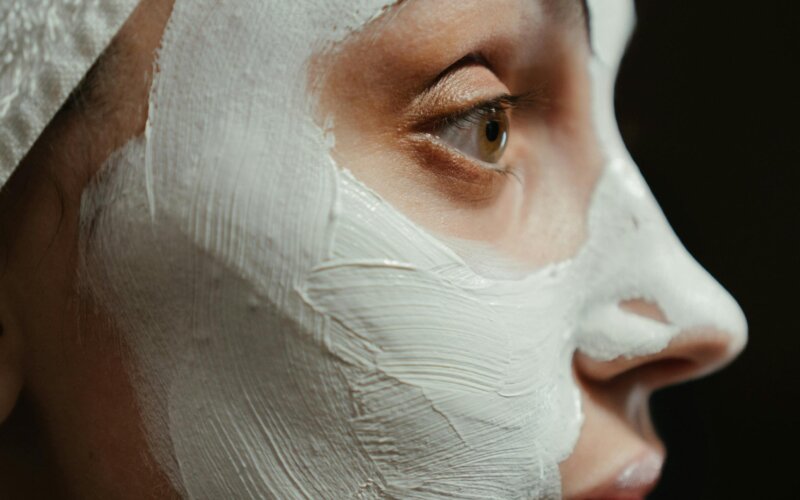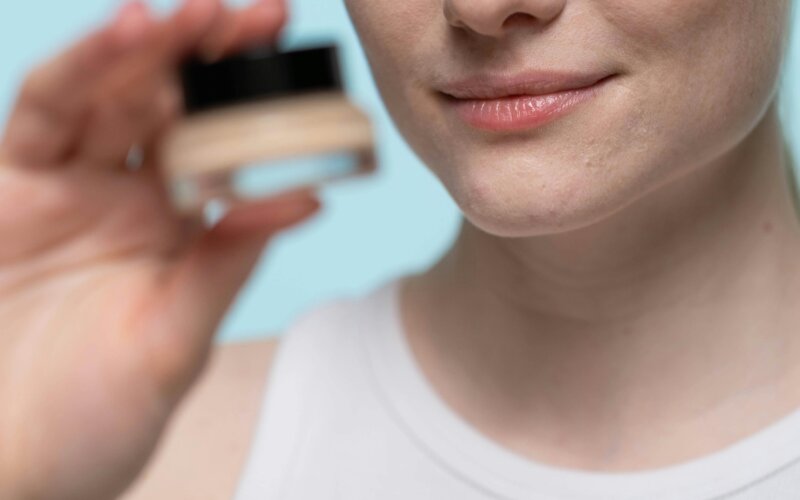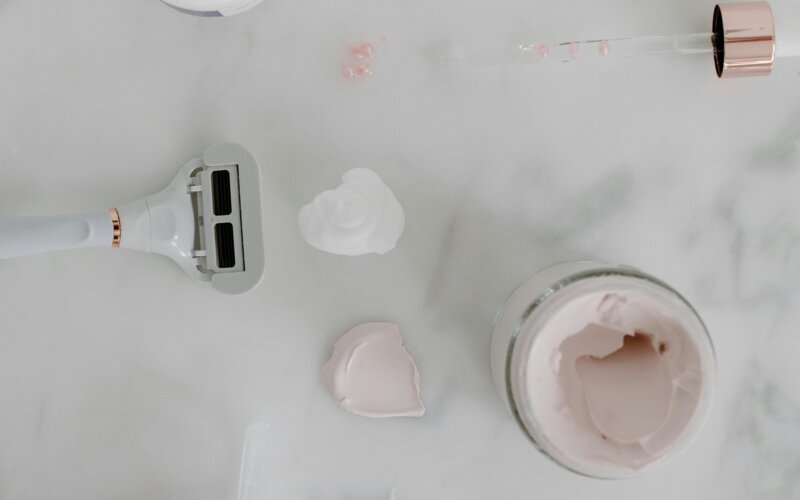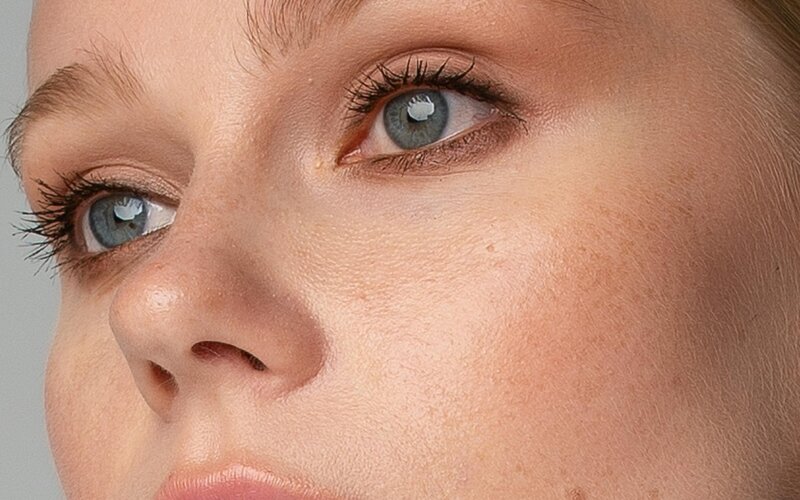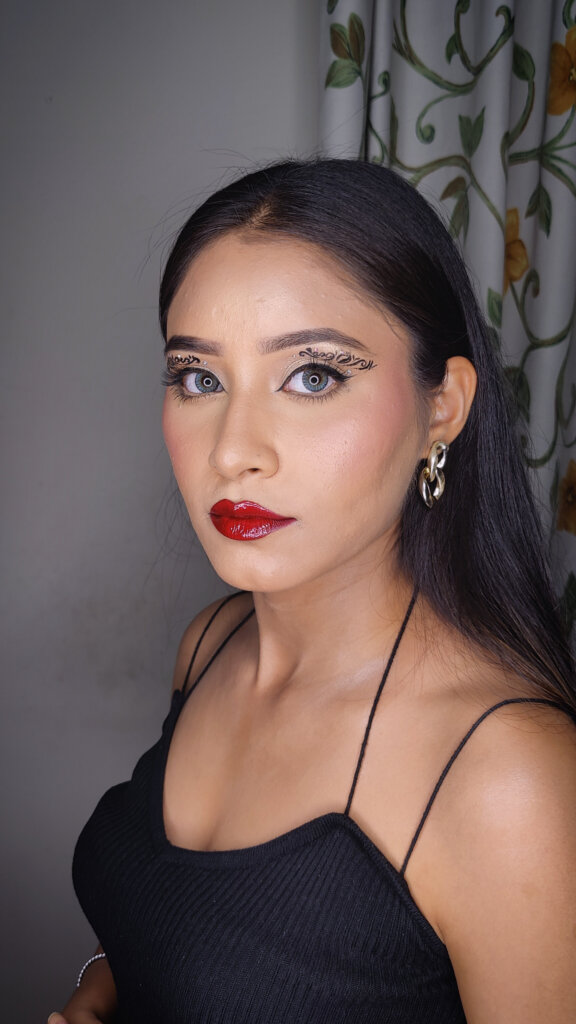
Blush is one of those makeup products that can completely transform your look in a matter of seconds. It can give your face a natural flush, lift your cheeks, and add a healthy, youthful glow. However, despite its power, applying blush isn’t as simple as it seems. Even seasoned beauty enthusiasts can fall into some common pitfalls when applying it. When applied correctly it can instantly light up your complexion but if you fall in the trap, you can make yourself a clown. So, to make sure you’re blushing for all the right reasons, here are five common blush application mistakes you should avoid, for that perfect flushed appearance.
#1. Going Too Heavy with Your Blush
One of the most common blush application mistakes is applying too much product, often referred to as going in with a heavy hand. This can leave you looking more theatrical than natural. Its very easy to go overboard but you should know when to stop.
Blush is meant to give you a healthy flush, mimicking how your skin would naturally look when flushed with warmth or emotion. When applied too heavily, instead of a natural glow, it can look clownish or harsh, overpowering the rest of your makeup. Particularly for daytime or subtle looks, a heavy blush can ruin the balance of your makeup.
The key to a well-balanced blush application is to build the product gradually. I recommend starting with a light application and then building up if needed. Tap off any excess product from your brush before applying to avoid placing too much in one spot. It’s easier to add more product than to take it away, so go slow. For cream blushes, remember that they often look more pigmented when first applied, but blend them out to diffuse the color. You can always add more, but a heavy swipe can be difficult to blend back into a more natural finish.

#2. Using the Wrong Tools for Application
The tools you use to apply blush can significantly affect how it looks on your skin. Many people make the mistake of using brushes or sponges that are not ideal for the formula or their face shape.
Blush brushes come in all shapes and sizes, and choosing the wrong one can cause uneven or overly concentrated application. Using a dense or stiff brush, for example, can pack too much color on your face at once. Similarly, using a sponge for powder blush might cause patchiness, while a stiff brush can leave streaks in a cream blush.
For powder blushes, opt for a soft, fluffy brush with long bristles. These brushes allow you to diffuse the product across your cheeks for a soft, natural finish. For cream blushes, you can use your fingers for a natural blend, or a stippling brush to build the product evenly. Some people prefer using a damp beauty sponge for cream and liquid blushes to give a more dewy, diffused finish.
Additionally, the placement of your blush can be affected by the brush you choose. A small angled brush can help place blush precisely on your cheekbones, while a large round brush might disperse it more broadly. Understanding your tools will lead to more control over your application.
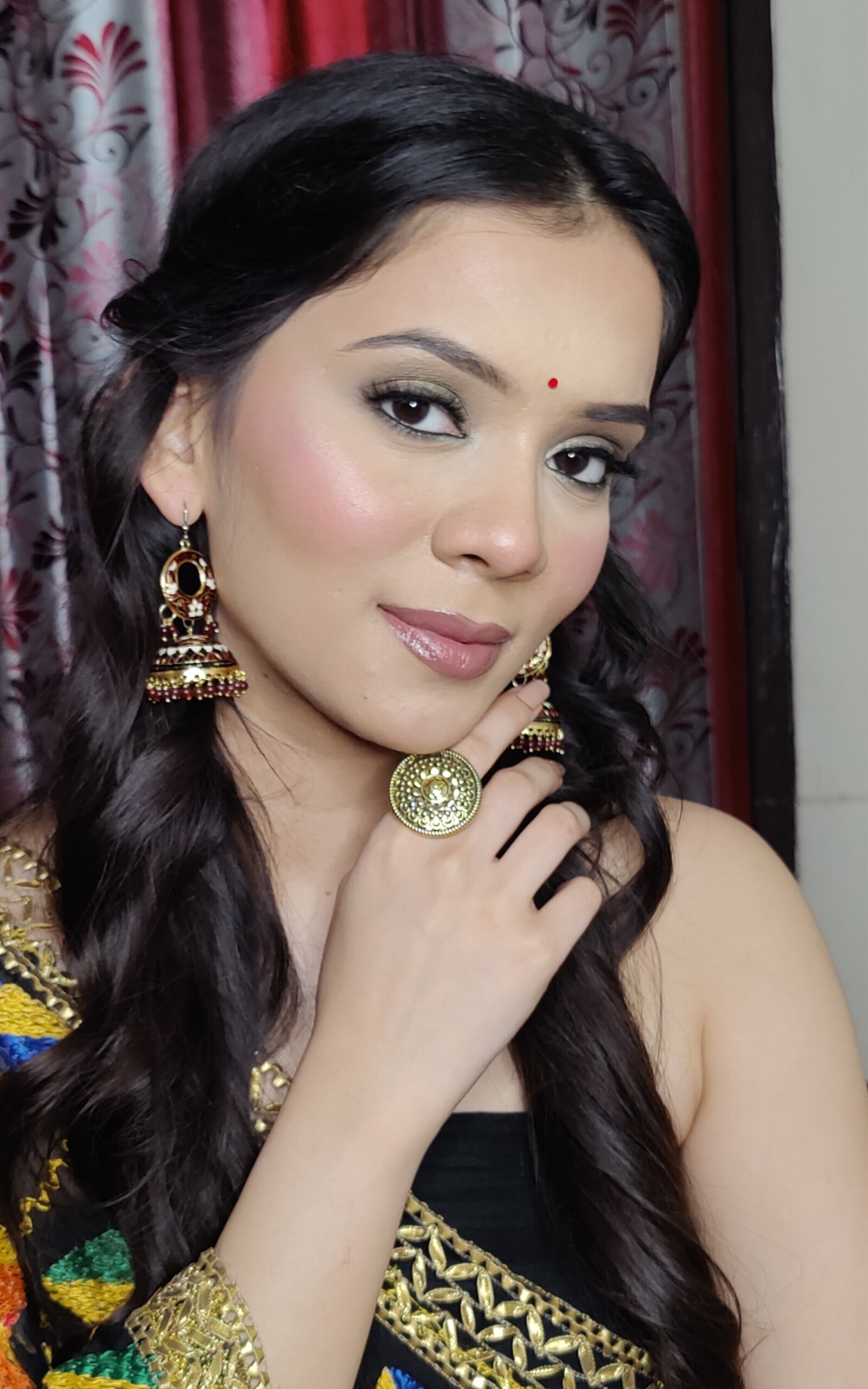
#3. Using the Wrong Shade of Blush
Blush is supposed to enhance your natural skin tone, not clash with it. A shade that’s too light won’t show up, while one that’s too dark or bright can be jarring and unflattering. Certain colors might make your complexion look ashy, dull, or too ruddy, depending on your undertones.
Choose a blush color that complements your skin tone and undertones. Fair skin tones typically look best with soft pinks and light peach shades. For medium skin tones, coral and rosy pinks work well, while deep, berry-toned blushes complement darker complexions beautifully. For warm undertones, peach, orange, and terracotta hues are flattering. Those with cool undertones might want to stick to pinks and mauves.
Test shades on the back of your hand or on your cheeks in natural light to see how they interact with your skin tone. The goal is to find a shade that mimics the natural flush you get after exercising or spending time in the sun.
#4. Picking the Wrong Texture for Your Skin Type
Different blush textures react differently on various skin types. Powder blushes can emphasize dry patches or settle into fine lines, making them less ideal for people with dry or mature skin. On the other hand, cream or liquid blushes can look overly shiny on oily skin or break down too quickly during the day, making them less long-lasting.
Pick a blush formula that suits your skin type. If you have oily or combination skin, powder blushes are a good option as they tend to be more matte and long-lasting. They help absorb excess oil and keep your skin from looking too shiny throughout the day.
For those with dry or mature skin, cream or liquid blushes are a better fit. These formulas tend to blend more smoothly into the skin, providing a hydrating and dewy finish that doesn’t emphasize texture or dryness.
It’s also important to consider the finish you want. For a matte look, go with powder blushes. If you want a natural glow or a more dewy finish, cream or liquid blushes are the way to go.
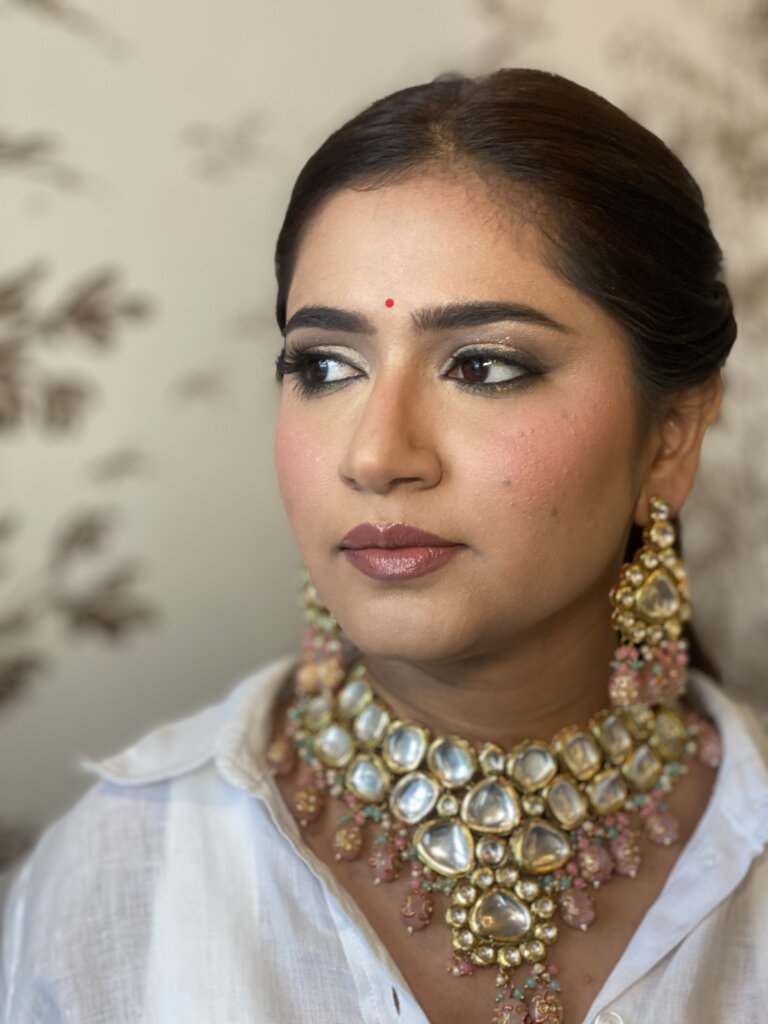
#5. You’re Not Using the Right Technique
Even with the right shade, texture, and tools, improper technique can ruin your blush application. Many people apply blush in areas that don’t flatter their face shape or use sweeping motions that result in an uneven finish.
Applying blush too close to the nose, too low on the cheeks, or in a straight line can create an unnatural appearance. A sweeping application can also disturb the foundation underneath, causing patchiness.
For oval faces, the apples of the cheeks are a great starting point, blending upward toward the temples. If you have a round face, avoid the apples of your cheeks as it can make your face appear rounder. Instead, apply blush slightly higher on the cheekbones and blend it outward. For heart-shaped faces, placing blush a bit lower can balance the proportions of your face.
When applying, always blend well. Avoid sweeping motions that can disturb the base makeup; instead, use small, circular motions or gentle tapping with a brush or sponge. This ensures that the blush melds into your skin for a seamless finish.
Also Read:
Don’t miss out on these must-haves for a ‘Very Demure Very Mindful’ Makeup look
7 Fall/Winter 2024 makeup trends will ace your beauty game
How to Choose Blush Shade for Indian Skin? Your Ultimate Guide!
